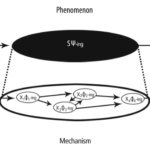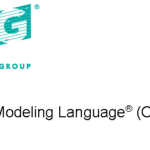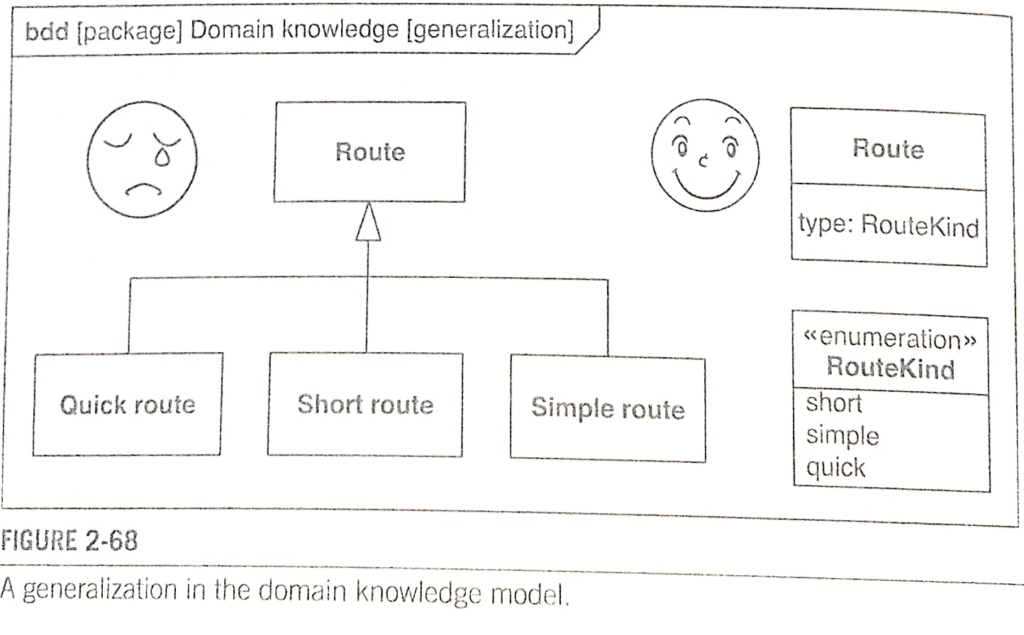SysML
now browsing by tag
Mechanism of operation vs. system model

Most often in the course of analysis we use the term model, less often mechanism. The thing is that the term mechanism appears when we want to explain something, e.g. “the mechanism of generating a discount on an invoice”. The thing is that the term mechanism appears when we want to explain something, e.g. “the mechanism for generating a discount on an invoice”. But here beware! A model (block diagrams, formulae, etc.) is documentation, a copyrighted description. The mechanism is what we understood by reading these documentation (model), because the mechanism is protected know-how. The content of the application to the Patent Office is the model (description), but what we patent is the mechanism invented/developed.
Source: Mechanism of operation vs. system model – Jarosław Żeliński IT-Consulting
Types instead of inheritance

Many time we can see requirement written as a “class diagram for project”. What “class diagram” mean? We can use UML class diagram for: architecture model, notions model, sometimes other. Which type of model do you need? Class diagram is a tool. When we say model, we have to provided context: model of what?

We use inheritance in models of notions (for building taxonomies), never in architecture.. In architecture models we use types. In 2015 OMG published UML v.2.5. Inheritance was removed from UML . Why? Welcome in my courses?
References
Systems analysis and design

Many time we heard about agile in software development. Many times authors wrote that agile provide us to fast and cheapest solutions. It is true but not all the times. Chaos Report (see Standish Group) show us, that is not true all the times.
Few comments…
Generally small projects are not a (big) problem..

Waterfall vs. agile: first one method consume many more time than second one, but we have no time to ‘big analysis’. Second one mean ‘working too fast’, and effect is more prototyping mean cost increasing… many time mean: cancel project before finish caused by budget:

A waterfall is not a solution, but agile is not a good remedy for it. A common problem in software design is system size and complexity:

How to improve quality and chance to succeed software project? We need really good person to business analysis role and only one. More than one person in a first stage, mean more problem with merging parts to one completed and unambiguous requirements document :

Disciplined agile, what is it? Using models in agile, why and for what? Modern system analysis and design is not a waterfall and not a agile style? It is science method used for software engineering . Discover the MDA and patterns as a wand for your success in software projects. See the system as a architecture .
More about general systems and SysML notation coming soon ?
Try my courses for improve your skills and your teammates, hire me as a gifted person in your project.
